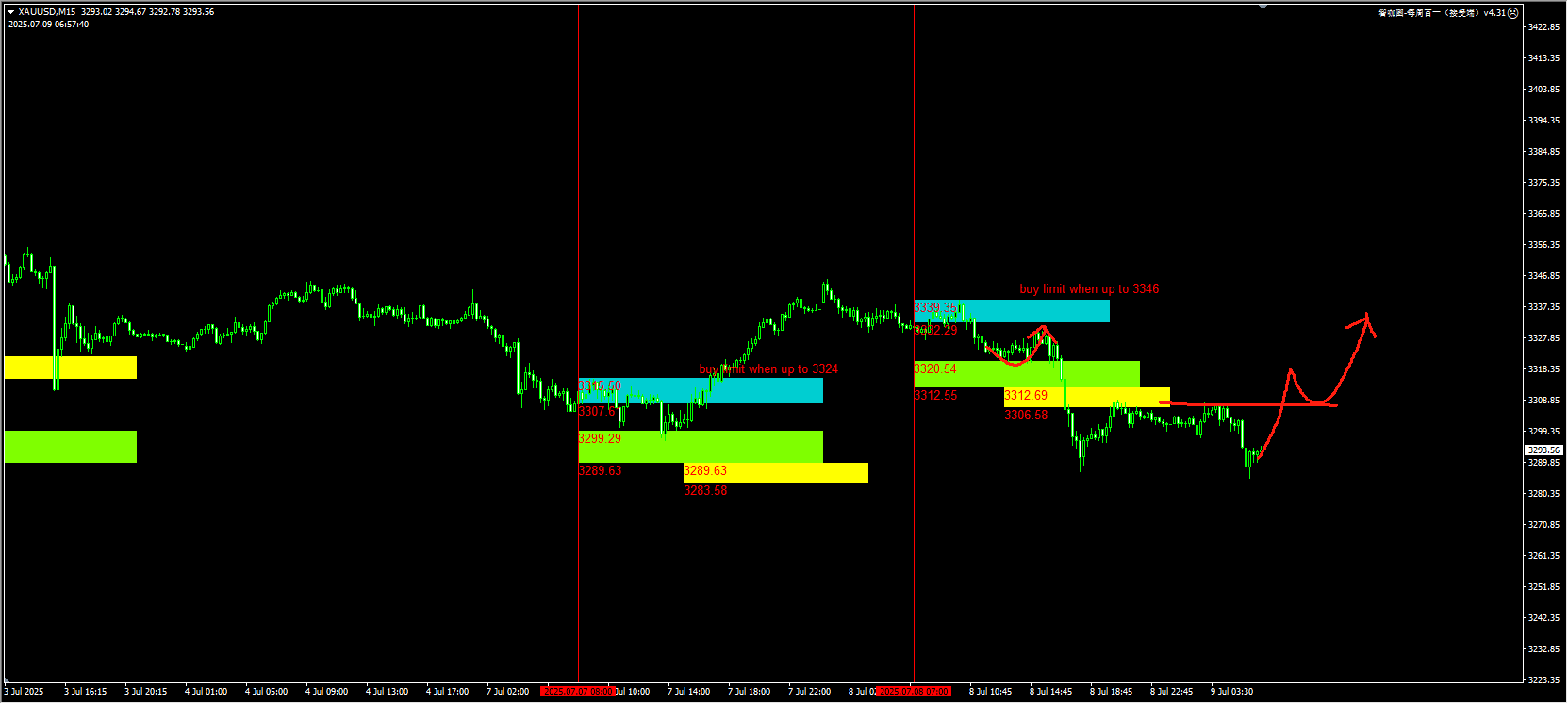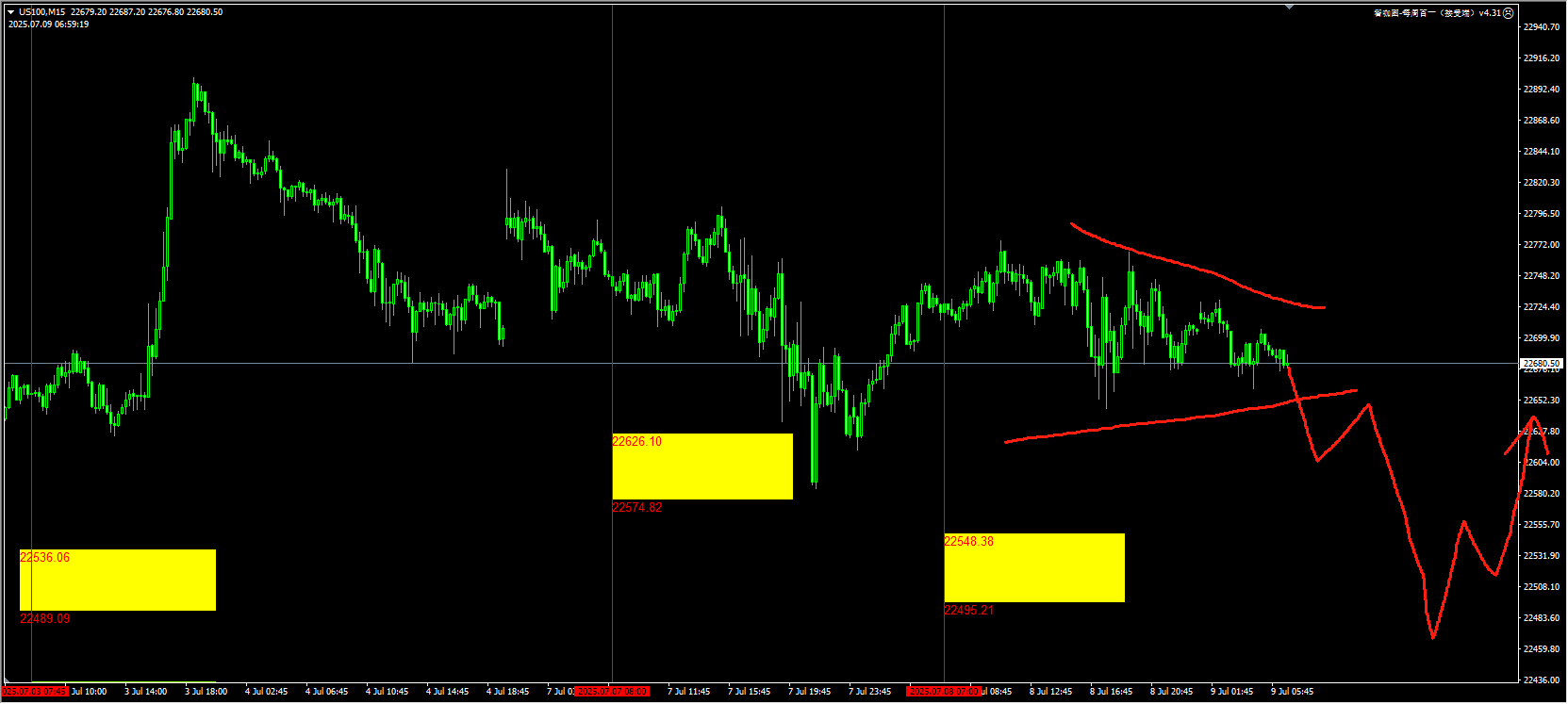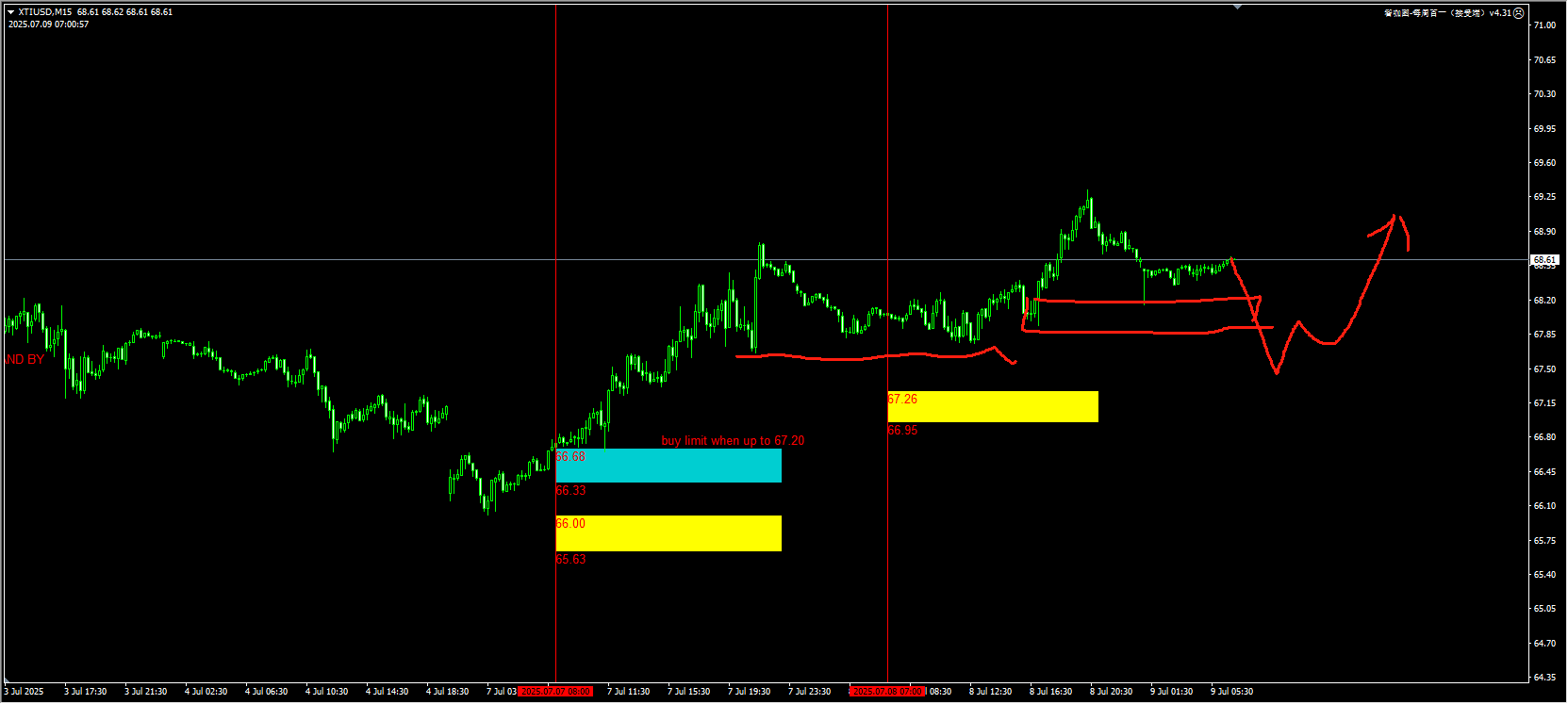The Reserve Bank of Australia kept interest rates unchanged on Tuesday, surprising investors and economists, as the US tariff plan has sparked global uncertainty. The central bank also hinted at a wait-and-see approach.
The Reserve Bank of Australia kept the benchmark interest rate unchanged at 3.85%. Only five out of 32 economists predicted this decision, while the rest of the respondents and most traders expected a further 25 basis point cut. The Reserve Bank of Australia has cut interest rates twice in this cycle. Given the tight labor market and weak productivity growth, economists have been debating how much further the Reserve Bank of Australia might cut rates.
Reserve Bank of Australia Governor Michelle Bullock faced some sharp questions at a briefing in Sydney, including whether the central bank had “betrayed” households expecting a rate cut. She said Tuesday’s decision was about the timing of a rate cut, not the direction.
She said, “I know people were expecting a rate cut today. What I want to tell them is that as long as we keep inflation under control, the easing cycle will come.”
Six of the nine members of the Monetary Policy Committee voted in favor of the decision, pushing up the Australian dollar. The yield on three-year government bonds, which are sensitive to policy, rose by the most since January, continuing its previous upward trend. Although traders still expect the central bank to cut interest rates three more times this cycle, the timing of the third rate cut has been pushed back from the end of the year, as previously expected, to the first quarter of 2026.
The Monetary Policy Committee stated in a statement: “The Committee believes that it can wait for more information to confirm that the inflation rate is still expected to sustainably reach 2.5%.” “The Committee pointed out that if the international situation has a significant impact on Australia’s economic activity and inflation, monetary policy is fully capable of responding decisively.”
While the Reserve Bank of Australia has paused its interest rate hikes, central banks around the world are showing policy divergence. The Federal Reserve is keeping interest rates unchanged until the first half of 2025, while the European Central Bank, the Bank of Canada, and the Bank of England have all eased monetary policy in recent months.
Robert Thompson, a strategist at Royal Bank of Canada in Sydney, said: “The July inflation data has not yet been released, which is a shock to the market. But the key wording around inflation indicates that they are merely postponing the problem to August, and the August inflation data is basically ‘locked in’ for the market. Therefore, this can mitigate the shock and ensure that terminal rate pricing does not rise significantly.”
Since the Reserve Bank of Australia’s meeting on May 19-20, data has shown that the monthly inflation rate has slowed to near the bottom of the central bank’s 2-3% range, household spending remains sluggish, and pessimism still dominates consumer confidence surveys. Meanwhile, weak productivity growth means that unit labor costs may remain high, increasing the risk of inflationary pressures rising again. Government spending has also remained strong, highlighting the central bank’s cautious attitude towards the economic outlook.
“We share the Reserve Bank’s concern about the health of Australian consumers,” said James McIntyre of Bloomberg Economics Australia, who accurately predicted today’s decision. “Without household spending, the resilience of the labor market will face a severe test.”
Technical analysis:
Gold: Yesterday, the green buy limit we alerted near 3320 was successfully executed. Subsequently, the price dropped below the yellow zone but did not fully recover. Currently, the price is attempting to regain its position. Today, we should look for a long signal after the recovery. For detailed positions, please refer to the plugin.

The plugin is updated from 12:00 to 13:00 every trading day. If you want to experience the same plugin as shown in the picture, please contact V: Hana-fgfg and note “666” in the message.
The Nasdaq: There is no clear force to significantly push the price up above 22,600. Instead, it has started a small-scale consolidation trend. Within the day, it may still need to clear the liquidity at the lower level before it can gain the momentum to rebound. Therefore, for short-term trading, one can pay attention to the signal of a break below or wait for a low-level sweep near 22,500 before considering catching the rebound. For detailed positions, please consult the plugin.

(NASDAQ 15-minute chart)
The plugin is updated from 12:00 to 13:00 every trading day. If you want to experience the same plugin as shown in the chart, please contact V: Hana-fgfg and note “666” in the message.
Crude oil: Yesterday’s price pullback tested the 68 level and then rebounded. However, if we need a larger upward space within the day, we still need to clear the liquidity below 68 to have a better chance of achieving a wave-like rise. Therefore, we will operate within the yellow block area of 67.50 – 68 for the day. For detailed positions, please consult the plugin.

(Crude Oil 15-Minute Chart)
The plugin is updated from 12:00 to 13:00 every trading day. If you want to experience the same plugin as shown in the picture, please contact V: Hana-fgfg and note “666” in the message.
Today’s key economic data and events to focus on:
The Bank of England releases the minutes of the Financial Policy Committee meeting at 17:30.
18:45 The chief economist of the European Central Bank, Lane, will deliver a speech.
19:00 Vice President of the European Central Bank, Luis de Guindos, delivers a speech.
22:30 U.S. EIA Crude Oil Inventory Change (in thousands of barrels) (to 0704) last week
